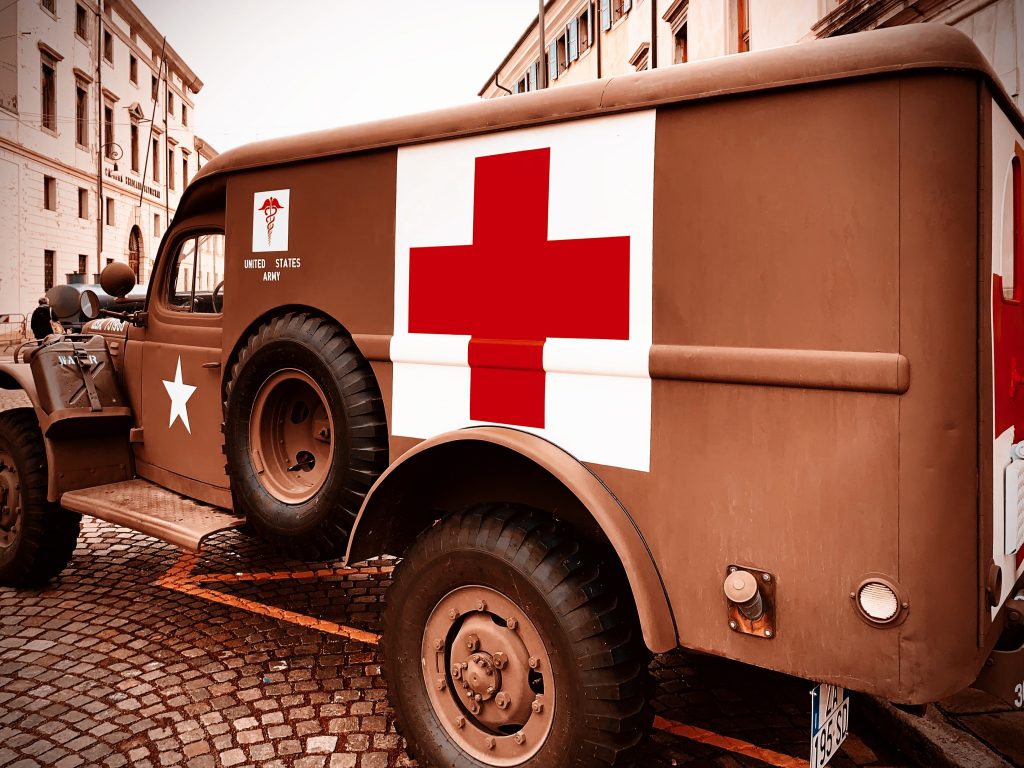Dr. Eric Rasmussen, a GeoTech Center Action Council Member, recently published an article in the Journal of Health and Human Experience on the history of disaster response. Entitled “Humanitarian Assistance and Disaster Relief: A Cultural Journey of Applied Hope,” Dr. Rasmussen surveys past disasters, from the eruption of the Vesuvius volcano in AD 79 to World War II and beyond to present day. He argues that, “the improving ability to capture lessons from such disasters has created a robust academic discipline around humanitarian assistance while stimulating the development of useful tools, techniques, and legislation.” Despite these advances, future emergencies promise to introduce unprecedented challenges. Climate change, so-called “Wicked Problems”, and Complex Human Emergencies—catastrophes comprised simultaneously of chronic poverty, conflict, and natural disasters—will bring “profound consequences if left unsolved,” Dr. Rasmussen writes. Thus, he argues that it is imperative for policymakers to harness new technologies and embrace the lessons of the past, while at the same time emphasizing preparedness, to confront emerging these threats.
Read the whole article at the link below.

The GeoTech Center champions positive paths forward that societies can pursue to ensure new technologies and data empower people, prosperity, and peace.
